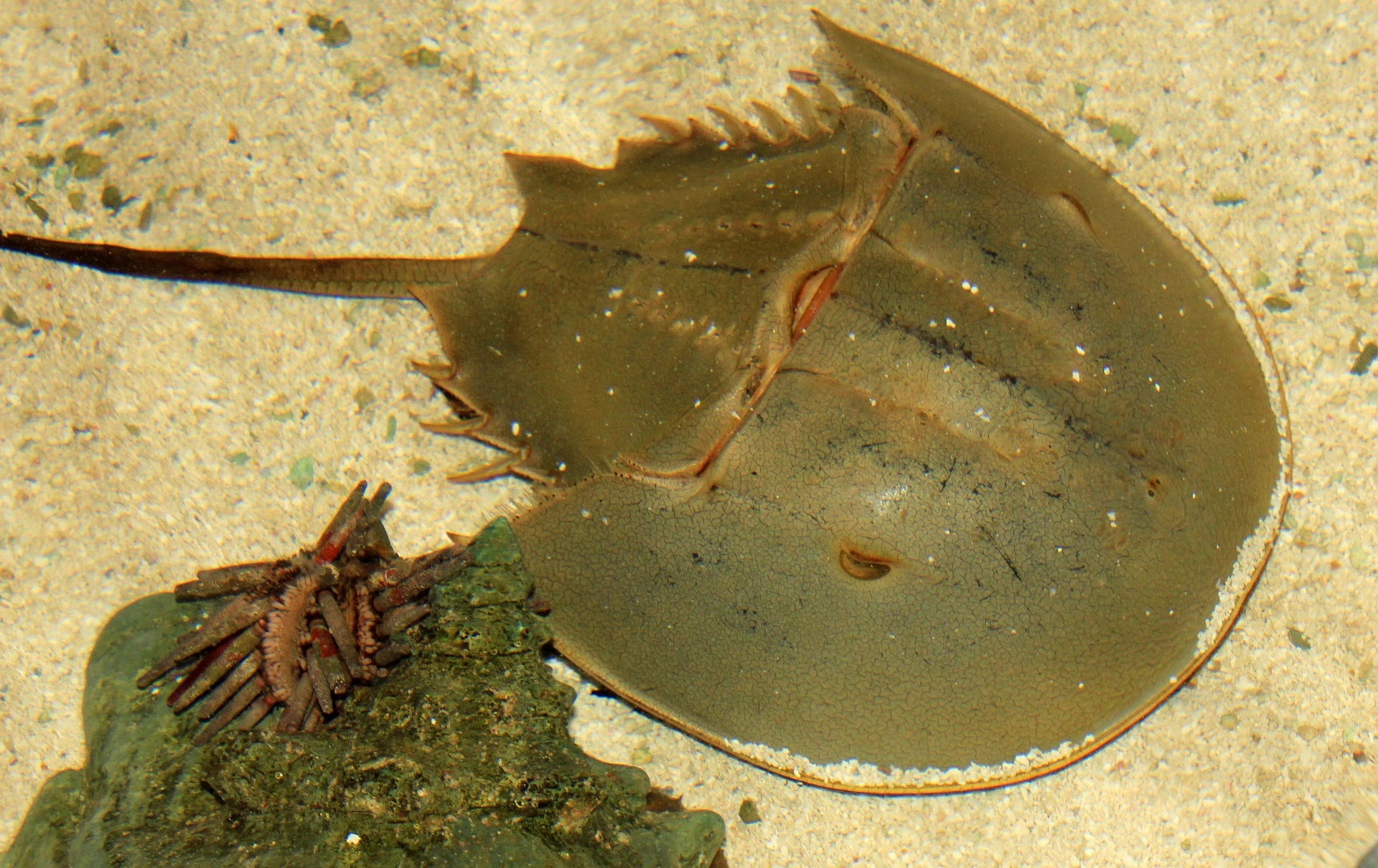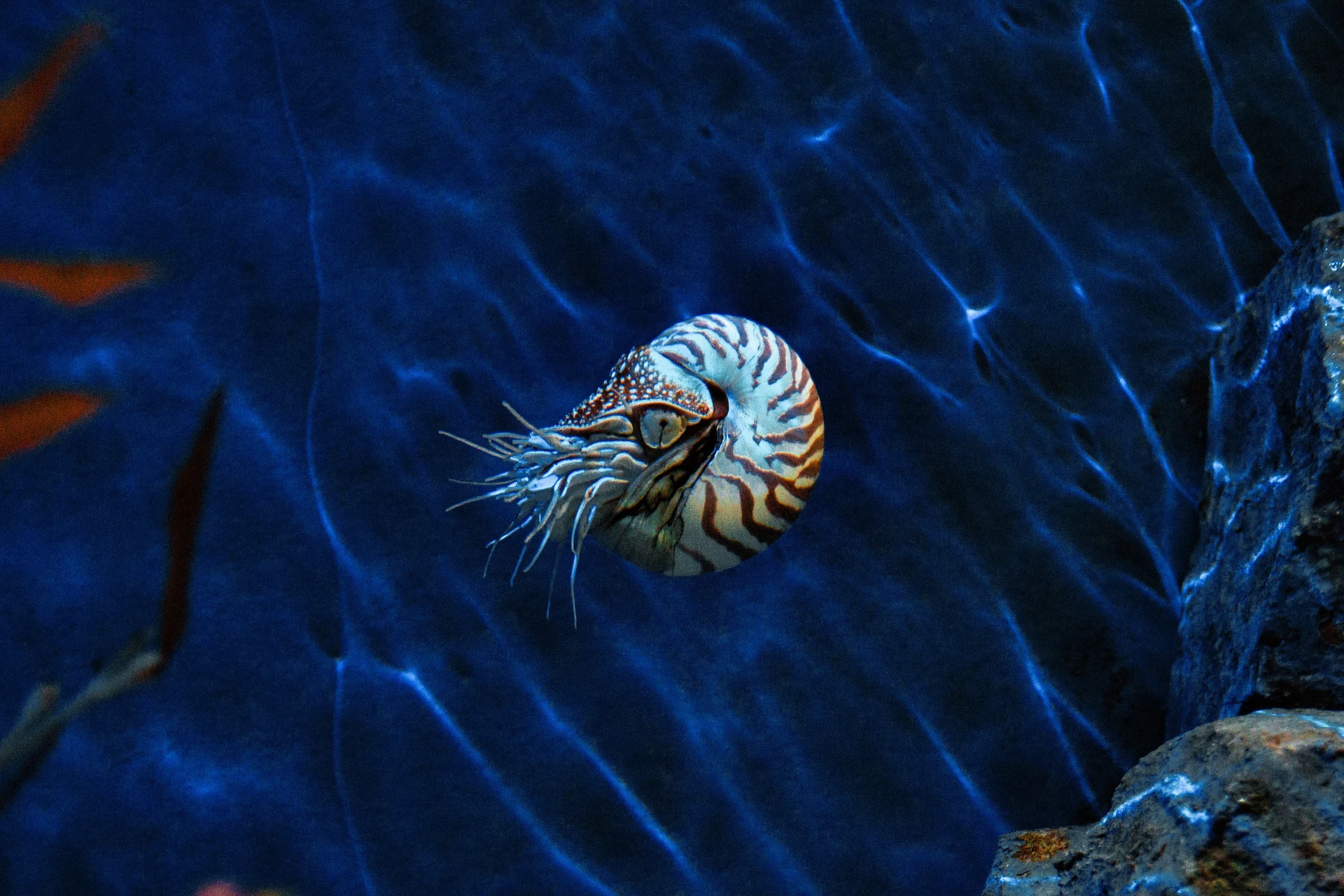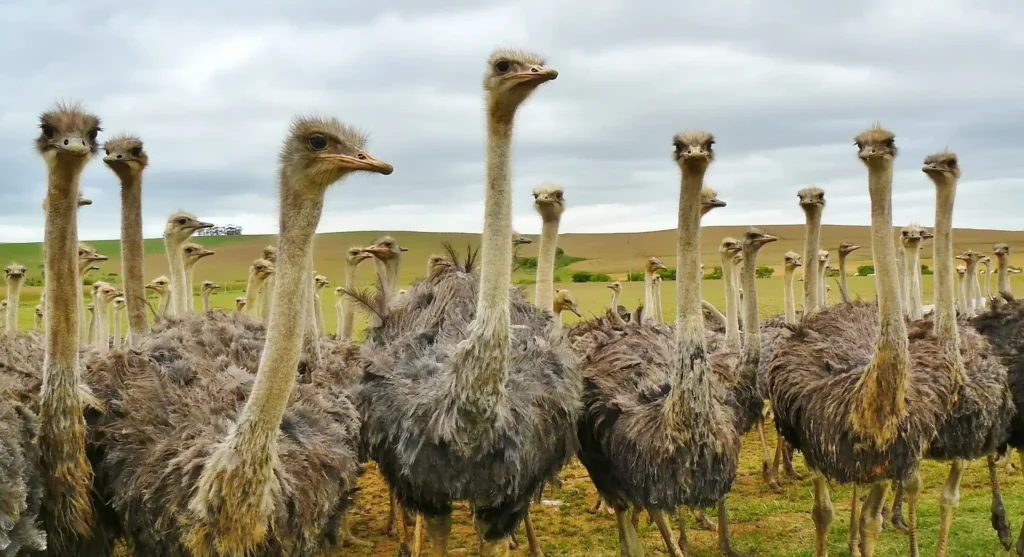Table of Contents
Have you ever pondered the existence of living dinosaurs in our modern world? The fascinating truth is that amidst the vast array of modern animals, there are indeed living dinosaurs among us. From crocodilians guarding ancient rivers to tuataras preserving relics of a bygone era, our planet is home to a diverse array of living fossils. Journey through the depths of oceans and the shadows of forests to discover the enduring legacy of these remarkable creatures, offering a tantalizing glimpse into the distant past while thriving in contemporary ecosystems.

Crocodilians: Guardians of Ancient Rivers
Crocodiles and alligators, with their armored bodies and formidable jaws, evoke images of primeval swamps and ancient rivers. These reptiles have remained virtually unchanged for millions of years, serving as living reminders of the era when dinosaurs ruled the land. Today, they continue to thrive in diverse habitats, from murky wetlands to brackish estuaries, showcasing their remarkable resilience and adaptability.
Tuatara: Relics of a Bygone Era
Native to New Zealand, the tuatara holds the distinction of being one of the oldest living reptile species on the planet. With lineage tracing back over 200 million years, these unique creatures resemble lizards but belong to a distinct evolutionary lineage. Despite their reptilian appearance, tuataras possess several primitive traits unseen in any other living reptile, making them a living window into the distant past.

Horseshoe Crabs: Guardians of the Coastline
Venture to coastal regions around the world, and you might encounter the horseshoe crab, a living fossil that has endured for over 450 million years. These marine arthropods, with their distinctive horseshoe-shaped shells and long tails, have persisted virtually unchanged since the time of the dinosaurs. Despite their ancient origins, horseshoe crabs play a vital role in modern biomedical research, thanks to their remarkable blood-clotting properties.
Lungfish: Survivors of Prehistoric Waters
In the murky depths of freshwater lakes and rivers, lungfish lurk as silent witnesses to the passage of time. These remarkable fish, with their ability to breathe air and survive in oxygen-deprived environments, harken back to an era when ancient seas teemed with diverse life forms. With origins dating back to the Devonian period, lungfish offer a glimpse into the evolutionary transitions that shaped the aquatic world millions of years ago.

Nautilus: Oceanic Relics
Descendants of an ancient lineage that thrived during the time of dinosaurs, nautiluses embody the enduring mysteries of the deep sea. With their spiral shells and primitive tentacles, these cephalopods evoke a sense of timelessness, drifting through oceanic realms largely unchanged for over 500 million years. Despite the modern challenges they face, nautiluses serve as ambassadors from a bygone era, reminding us of the ancient origins of life in the oceans.
Coelacanth: Rediscovered Living Fossil
Long thought to be extinct, the coelacanth shocked the world when living specimens were discovered in the depths of the Indian Ocean in the 20th century. These enigmatic fish, with their lobed fins and sturdy bodies, represent a remarkable example of evolutionary persistence. With roots stretching back over 360 million years, coelacanths challenge our understanding of extinction and underscore the resilience of life in the face of adversity.
Lampreys: Ancient Bloodsuckers
In the shadowy depths of rivers and streams, lampreys slither as eerie echoes of a bygone era. These jawless fish, with their circular mouths lined with sharp teeth, have existed virtually unchanged for over 300 million years. Despite their reputation as blood-sucking parasites, lampreys play crucial roles in freshwater ecosystems, serving as indicators of environmental health and contributing to the intricate web of life in aquatic habitats.

Ostriches: Modern-Day Dinosaurs of the Avian World
While birds might not resemble the towering giants of the Mesozoic era, they are, in fact, living descendants of dinosaurs. Among them, ostriches stand out as the largest and most distinctive representatives of their lineage. With powerful legs and long necks, these flightless birds evoke comparisons to their ancient relatives, offering a glimpse into the distant past while thriving in modern ecosystems.
Alligator Gar: Predatory Relics of Ancient Rivers
Beneath the murky waters of North American rivers, the alligator gar lurks as a fearsome reminder of prehistoric predators. With their armored bodies and toothy grins, these fish have inhabited freshwater habitats for millions of years, preying on smaller fish and asserting their dominance in aquatic ecosystems. Despite facing threats from habitat loss and overfishing, alligator gars continue to persist, embodying the resilience of ancient creatures in a rapidly changing world.
Frilled Sharks: Ghosts of the Deep
Descending to the abyssal depths of the ocean, one might encounter the frilled shark, a living relic of ancient seas. With its elongated body and rows of needle-like teeth, this elusive creature embodies the mysteries of the deep sea. Believed to have remained largely unchanged for tens of millions of years, frilled sharks serve as reminders of the enduring legacy of life in Earth’s oceans, offering tantalizing glimpses into realms still largely unexplored by humans.

Learn More!
In conclusion, the resilience and persistence of living dinosaurs, or living fossils, underscore the remarkable adaptability of life on Earth. From crocodilians to tuataras, these ancient creatures offer a captivating bridge between the prehistoric past and the present, enriching our understanding of evolutionary processes and the interconnectedness of species across millennia.
For further exploration into the fascinating world of ancient and modern creatures, delve into our Reptiles category, where you can uncover more insights into the diverse lineage of reptilian life. Additionally, venture into our Deep Sea Creatures post to delve deeper into the mysteries of the ocean and discover the captivating creatures that inhabit its depths.
F. A. Q. about Living Dinosaurs
Are birds living dinosaurs?
Yes, birds are considered living dinosaurs. Modern birds are descendants of theropod dinosaurs and share many anatomical and genetic similarities with their ancient relatives.
Are there any living dinosaurs?
While the iconic dinosaurs of the Mesozoic era are extinct, birds are considered their living descendants. Several other animals, such as crocodilians and tuataras, exhibit primitive traits reminiscent of their dinosaurian ancestors.
What is the closest living thing to a dinosaur?
Birds are the closest living relatives of dinosaurs. They share a common ancestry with theropod dinosaurs and exhibit numerous anatomical and behavioral similarities with their ancient predecessors.
Are chickens living dinosaurs?
Yes, chickens are considered to be among the closest living relatives of dinosaurs. They belong to the class Aves, which includes all modern birds and is descended from theropod dinosaurs.
What is a living fossil?
A living fossil is a species that has remained largely unchanged over millions of years, often exhibiting primitive characteristics reminiscent of its ancestors. These organisms provide valuable insights into evolutionary processes and the history of life on Earth.


